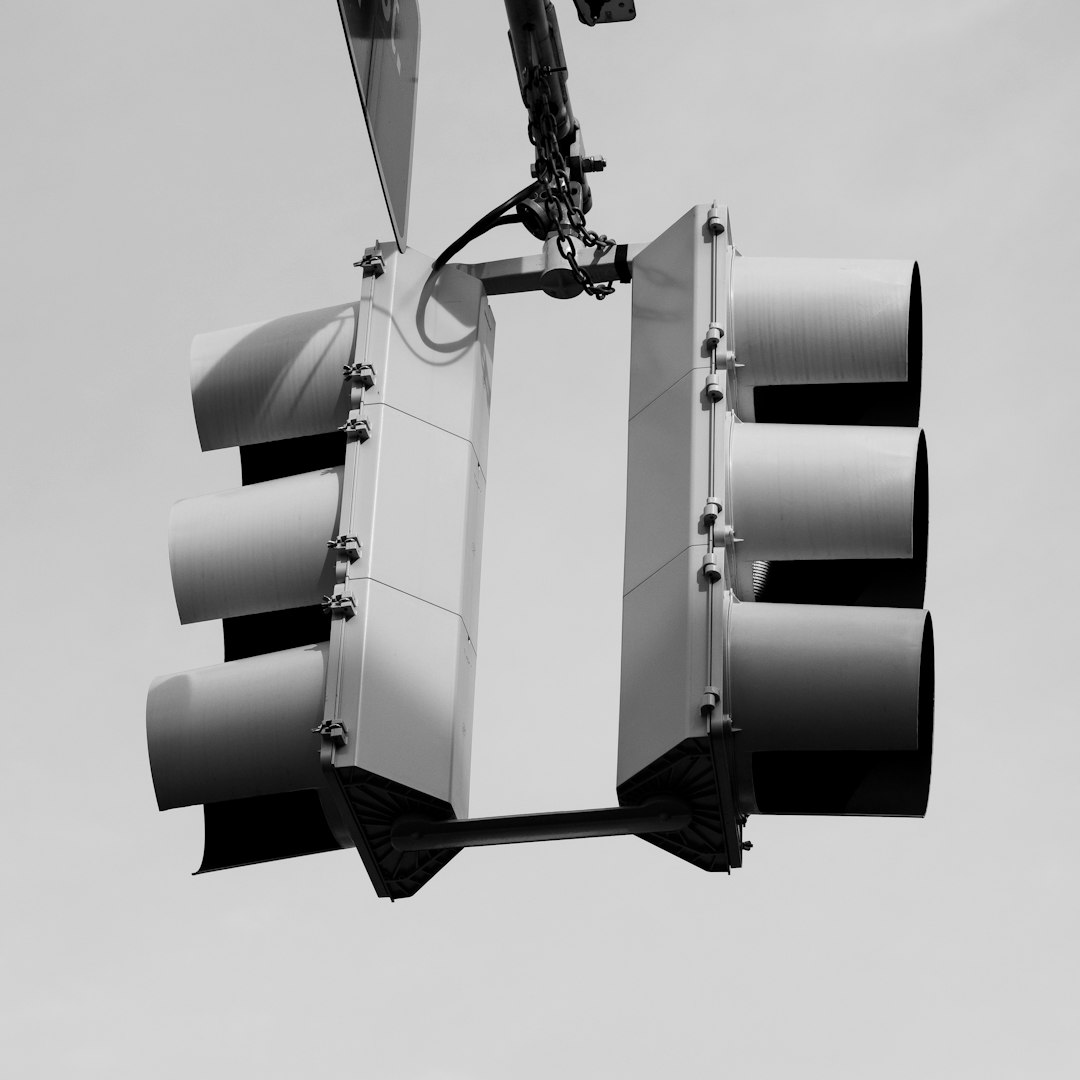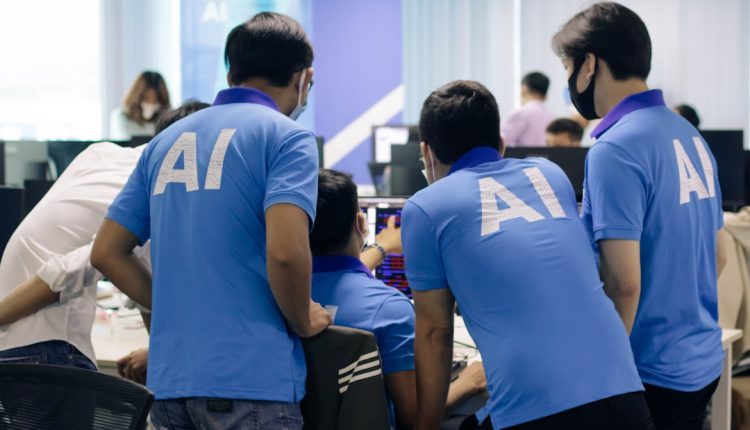In recent years, the field of artificial intelligence has seen remarkable advancements, with reinforcement learning standing out as one of the most dynamic subfields. At the heart of many reinforcement learning projects is a powerful toolkit known as OpenAI Gym. Designed to simplify the development and comparison of algorithms, OpenAI Gym has become a vital resource for researchers, developers, and students seeking to understand and experiment with intelligent agent training environments.
What Is OpenAI Gym?
Table of Contents
OpenAI Gym is an open-source toolkit developed by OpenAI that provides a wide range of environments for developing and testing reinforcement learning (RL) algorithms. It allows agents—software entities that learn decision-making through trial and error—to interact with virtual scenarios, with the goal of maximizing some notion of cumulative reward.
At its core, OpenAI Gym offers a simple and standardized interface that enables the seamless integration of various RL algorithms with different problem environments, including classic control problems, video games, board games, robotic simulations, and more.

Why Use OpenAI Gym?
One of the primary reasons for OpenAI Gym’s wide adoption in the machine learning community is its standardized yet flexible framework. This framework reduces the time spent on setting up environments, allowing researchers to focus on algorithm performance instead.
Here are some key benefits of using OpenAI Gym:
- Standardized API: Provides a consistent interface across all environments, simplifying the learning and experimentation process.
- Wide Variety of Environments: From simple simulations to complex 3D scenarios, Gym provides something for learners at all levels.
- Compatibility: Can be easily integrated with major deep learning libraries such as TensorFlow and PyTorch.
- Active Community: A large user base and extensive documentation make troubleshooting and learning much easier.
Understanding Reinforcement Learning
Before diving deeper into OpenAI Gym, it’s important to understand the concept of reinforcement learning, which is the primary domain in which Gym is used. RL is a machine learning paradigm where agents learn optimal behaviors through interactions with an environment. The agent receives feedback based on its actions in the form of rewards or penalties.
Here’s a high-level breakdown of how RL works:
- The agent observes the environment’s current state.
- Based on this state, it chooses an action.
- The environment transitions to a new state and gives a reward.
- The agent learns from the reward to improve future actions.
This cycle continues, with the agent gradually improving its policy—a mapping from states to actions. OpenAI Gym provides the environments where this agent-environment interaction takes place.
Key Components of OpenAI Gym
When working with OpenAI Gym, you’ll frequently encounter the following components:
- Environments: These are the simulation settings in which the RL agents operate. Example environments include ‘CartPole-v1’ and ‘MountainCar-v0’.
- Action Space: Describes the set of possible actions the agent can take within an environment.
- Observation Space: Represents the types of data the agent receives from the environment after an action.
- Rewards: Numerical values that guide the learning of the agent by indicating good or bad outcomes.
How to Install OpenAI Gym
Getting started with OpenAI Gym is relatively straightforward. It can be installed via pip directly from the command line:
pip install gymFor environments that use additional dependencies, such as Atari games or classic 3D simulations, you may need to install extra packages:
pip install 'gym[atari]'pip install 'gym[box2d]'More detailed installation instructions can be found on the official Gym GitHub repository page.
Sample Usage & Code Example
Below is a simple code example using the CartPole environment, where the goal is to balance a pole on a moving cart:
import gym
# Create the environment
env = gym.make('CartPole-v1')
# Reset the environment to the initial state
state = env.reset()
for _ in range(1000):
env.render()
action = env.action_space.sample() # Choose a random action
state, reward, done, info = env.step(action)
if done:
state = env.reset()
env.close()
This code demonstrates how easy it is to get an RL environment running and interacting with an agent, even one that’s randomly selecting actions.
Popular OpenAI Gym Environments
OpenAI Gym includes a wide array of prebuilt environments, suitable for various learning stages:
- Classic Control: Includes simple tasks like balancing a pole, swinging up a pendulum, or climbing a hill (CartPole, MountainCar, Pendulum).
- Atari: Inspired by the Arcade Learning Environment, these are ideal for deep learning models (Breakout, Pong, SpaceInvaders).
- Mujoco: Physics-based robotic simulations offering high complexity challenges (Hopper, Walker2d, HalfCheetah).
- Box2D: Offers environments based on 2D physics simulations (LunarLander, BipedalWalker).

Limitations of OpenAI Gym
While OpenAI Gym is highly useful, it’s not without its limitations. Understanding these can help you use the toolkit more effectively:
- Lack of Built-in Agents: Gym provides only the environment; learning algorithms must be implemented separately.
- Non-Determinism: Some environments may not behave deterministically due to random seeds or external dependencies.
- Graphical Rendering: While rendering is possible, Gym is not optimized for high-quality visualization.
Extending OpenAI Gym
For those advancing in their RL journey, OpenAI Gym also supports creating custom environments. This is especially useful in research or when modeling specialized simulations.
To build a custom environment, you must define a class that inherits from gym.Env and implement the key methods such as reset(), step(), render(), and close(). You can then register your environment through Gym’s registry system.
Integration with Other Tools
OpenAI Gym can be enhanced when used with the following tools:
- Stable Baselines3: A popular library offering high-quality implementations of RL algorithms compatible with Gym environments.
- RLlib (Ray): A scalable platform for distributed RL training that supports Gym environments out of the box.
- TensorFlow and PyTorch: Deep learning libraries typically used to implement the learning algorithms that interact with Gym.
Learning Resources
For learners and developers just getting started, a variety of resources are available:
- OpenAI Gym Official Documentation
- Spinning Up in Deep RL by OpenAI
- Online platforms like Coursera, Udemy, and freeCodeCamp offering RL and Gym tutorials
- Communities on Reddit’s r/MachineLearning and Stack Overflow
Conclusion
OpenAI Gym is a cornerstone in the world of reinforcement learning, simplifying access to diverse virtual environments for experimentation and development. With its easy-to-use API, wide support for third-party tools, and a large variety of environments, it acts as a launchpad for both beginners and experienced researchers alike. Whether you aim to train a robot to walk or an AI to master complex video games, OpenAI Gym provides the foundation to get started and grow in the field of AI.

